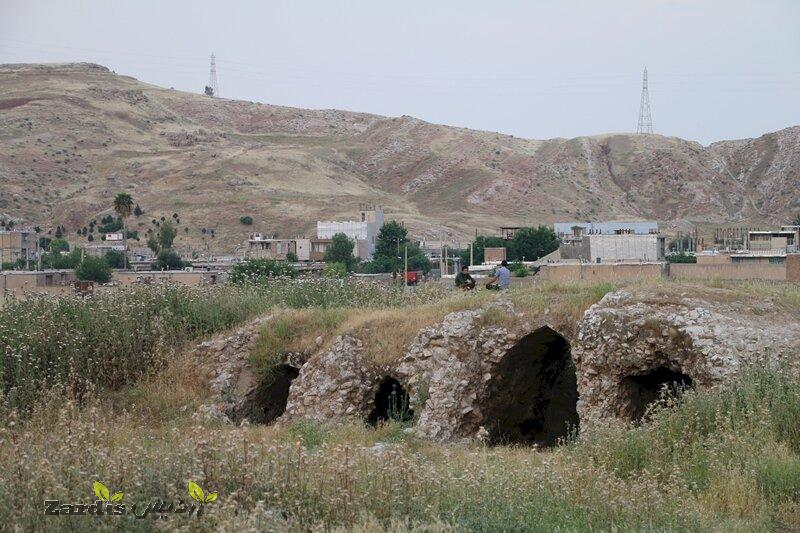TEHRAN – A restoration project has been completed over the ancient city of Seymareh, which is located in western Ilam province.
Architectural sites and agricultural lands inside the ancient city, which were damaged by seasonal rains, were repaired and restored, the provincial tourism chief, Abdolmalek Shanbehzadeh, announced on Saturday.
A budget of two billion rials (about $48,000 at the official exchange rate of 42,000 rials per dollar) was allocated to the project, the official added.
Seymareh ancient city, with an area of 200 hectares, is located near Darreh Shahr city. It dates back to the Sassanid-era (224 CE–651) and is believed to be built on remnants of the Elamite capital, Madaktu.
The first archeologist to visit Seymareh was Sir Henry Rawlinson. He began an expedition to the site in 1836. He was looking for the remaining of Seymareh and considered it to have belonged to the Sassanid dynasty. Jaques de Morgan also visited this historical land in 1891 and introduced it as the same ancient city of Madakto. Then it was Aurel Stein who attempted to explore it in 1936, according to Visit Iran, the official travel guide of Iran.
The archeological findings show that the city included about 5,000 houses with some modern aspects like a water distribution system through clay pipes and underground sewers. The city was destroyed and deserted after a huge earthquake around 950 BC.
The remnants of the city were inscribed on the National Heritage list in 1931.
Darreh Shahr was once the summer capital of Elamites, a pre-Iranian civilization dated from 2700 to 539 BC. The city also enjoyed centuries of prosperity during the Sassanid era.
Darreh Shahr and its surrounding regions boast vestiges of Sassanid constructions such as arches, ceilings, alleys, and passages that follow a specific order of urban development criteria of the time.
Home to almost half of Iran’s UNESCO sites, western Iran is a land of hospitable people, wild extremes, and wilder history, and it may be an independent traveler’s adventure playground. The region also witnessed the rise and fall of many great empires once bordering Mesopotamia, Ottoman Turkey, and Czarist Russia.
From the fecund Caspian coast to the stark, mountainous northern borders, and the crumbling desert ruins of the southern plains, the region hosts everything from paddy fields to blizzards to Persian gardens.
ABU/AFM
- News code 21832
- 311 View
- بدون نظر
Zardis news | The latest news of Iran and the world
تمامی حقوق مطالب برای Zardis news محفوظ است و هرگونه کپی برداری بدون ذکر منبع ممنوع می باشد.
طبق ماده 12 فصل سوم قانون جرائم رایانه ای کپی برداری از قالب و محتوا پیگرد قانونی خواهد داشت.
طراحی و اجرا: سامانه سایت ساز زردیس







